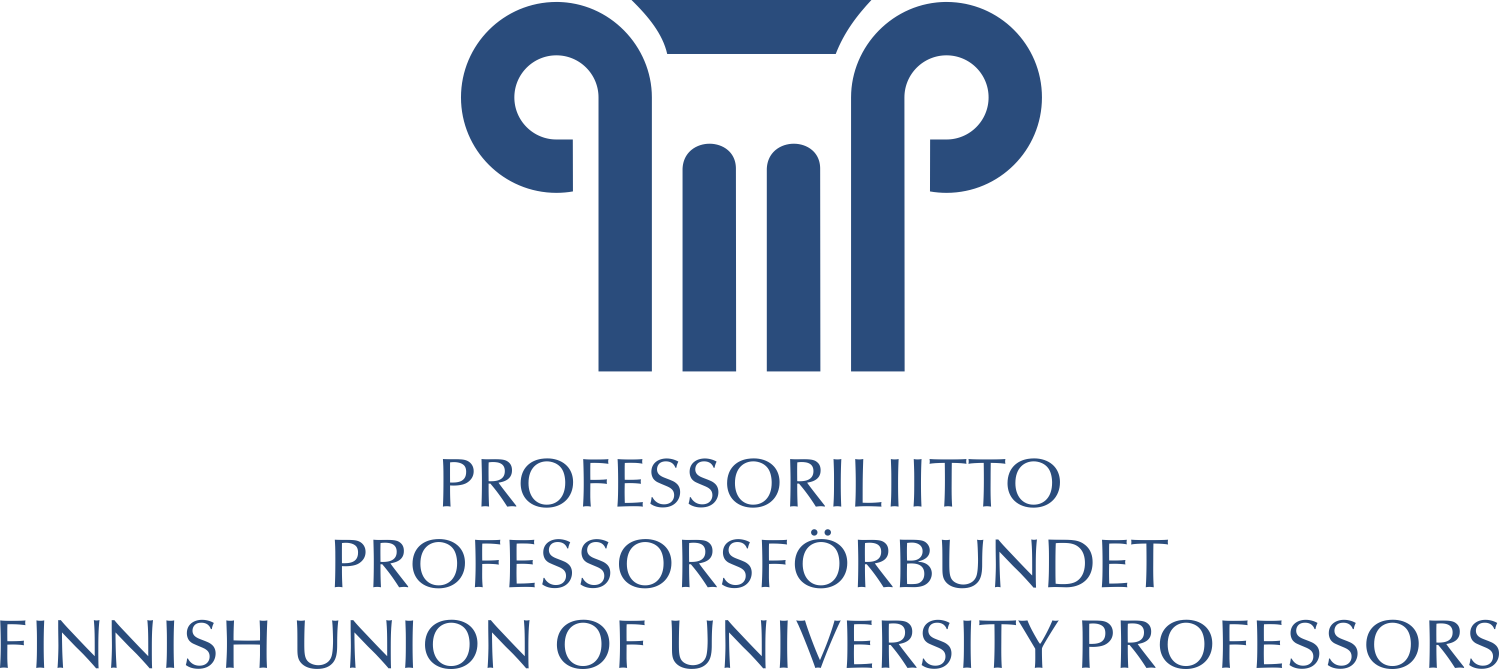A recent Akava Works study shows men still hold majority in upper management of higher education institutions
Akava Works has published a study "Gender distribution within higher education administration". The research data confirms our concern about the state of equality in universities and women’s career opportunities in upper management positions, says Tarja Niemelä, Executive Director of the Finnish Union of University Professors.
‘According to the study, universities show a stronger gender distribution in favour of men than universities of applied sciences. The position of rector is the most gendered task at both universities and universities of applied sciences: men represent 85 per cent of rectors at universities and 71 per cent at universities of applied sciences. The position of university rector has become more male-dominated, while the rector of universities of applied sciences has become slightly more equal in terms of gender distribution. There has been some development in terms of the equality of university boards, but the gender distribution of the boards of universities of applied sciences has largely remained the same as in 2020’, states Researcher Heidi Härkönen, author of the study.
Strengthening gender equality work at universities is essential
‘The upper management positions of the universities appear to remain male-dominated. For example, gender segregation can be observed between the tasks of vice rectors who are responsible for research and teaching. This is particularly worrisome since it is typically the vice rector responsible for research who advances to the position of rector. The research data confirms our concern about the state of equality in universities and women’s career opportunities in upper management positions. Universities need to invest more heavily in gender equality work’, says Tarja Niemelä, Executive Director of the Finnish Union of University Professors.
‘It was important for this follow-up study to further highlight a problem that has earlier been identified, but we would have expected to see more progress in four years. In light of the study, it is clear that decisive action is needed to create equal career opportunities at all levels of administration. These include, for example, equal and transparent recruitment, career development and remuneration, as well as measures supporting the reconciliation of work and family, both in higher education institutions and society in general’, says Tero Karjalainen, President of the Finnish Union of University Researchers and Teachers.
According to the study, gender distributions within the administration of universities and universities of applied sciences are somewhat different: the position of women is strengthening in many ways at universities of applied sciences, but the upper administration remains male-dominated.
Women hold the majority of lower administrative positions at universities of applied sciences while men dominate upper management
‘Women hold a strong position within the lower administrative structures of universities of applied sciences, and they are also the majority in administration overall. For example, 53 per cent of vice rectors and 60 per cent of the management are women. However, as in universities, the upper administrative structures of universities of applied sciences are male-dominated. Although the rectors of universities of applied sciences are not as male-dominated as in universities, there is still equality work to be done in this area’, says Jaakko Hyvönen, Chairperson of Professionals of Business and Technology.
Data on the study
The study examined the gender distribution in higher education administration at all Finnish higher education institutions, which includes a total of 13 universities and 24 universities of applied sciences. The research data was collected from public sources in June–August 2024. The study considered administration as including the boards of higher education institutions, the rectorate and deans and vice deans of the university faculties, as well as the management at universities of applied sciences. The gender distribution was examined on a two-fold basis that was based on distributions in the data. The study is a follow-up study to Akava Works’ original study on gender distribution in higher education administration that was carried out in 2020. Heidi Härkönen, a postdoctoral researcher from the University of Helsinki, has conducted both studies.
Read more about the study (in Finnish)
Read the summary of the study (in English)
Further information
Heidi Härkönen, Postdoctoral researcher, University of Helsinki, tel. +358 (0)29 412 8328
Tarja Niemelä, Executive Director, Finnish Union of University Professors, tel. +358 (0)50 340 2725
Tero Karjalainen, President, Finnish Union of University Researchers and Teachers, tel. +358 (0)40 355 2121
Jaakko Hyvönen, Chairperson, Professionals of Business and Technology, tel. +358 (0)40 515 8591
